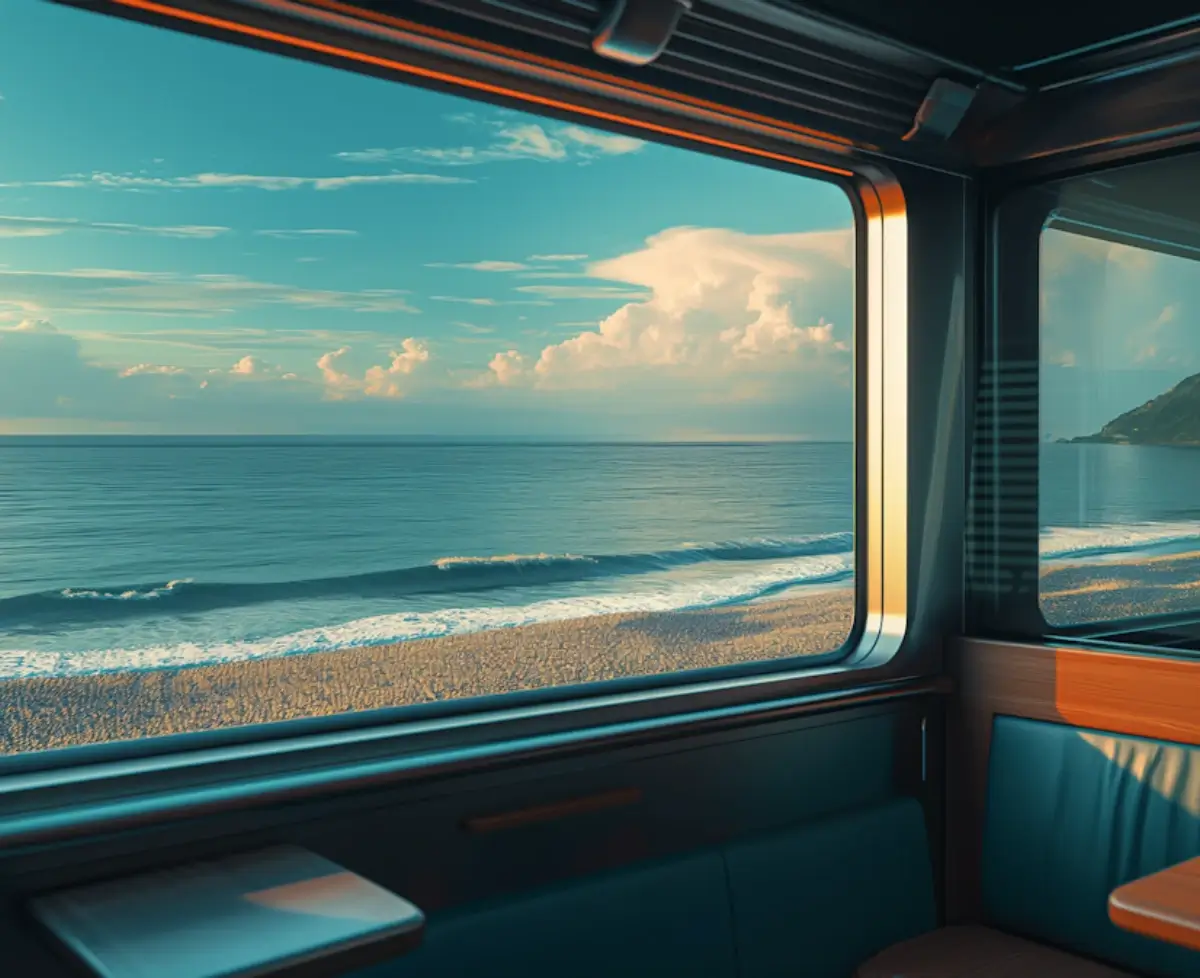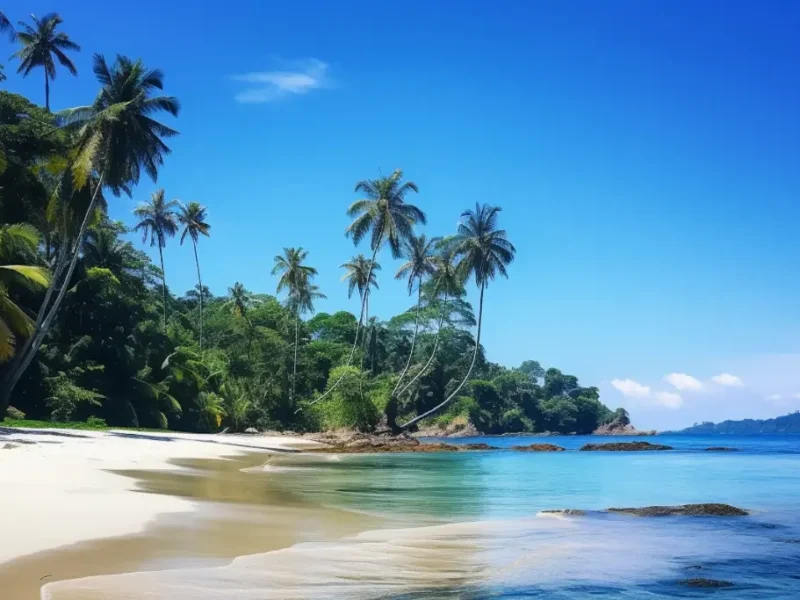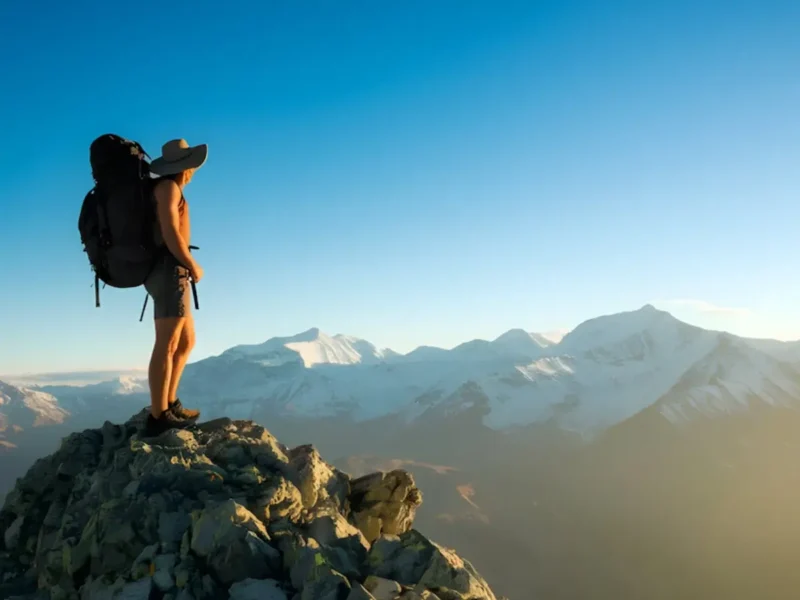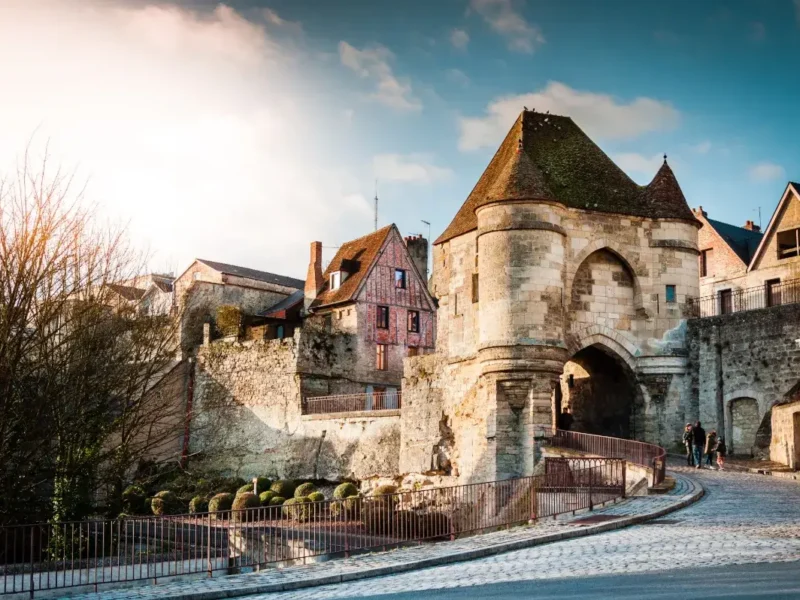Introduction
The Everest Base Camp Trek is one of the most iconic trekking adventures in the world. Located in the heart of the Himalayas in Nepal, this trek offers breathtaking views of the world’s highest peak, Mount Everest, and an immersive experience into the rich Sherpa culture.
Overview of Everest Base Camp Trek
- Location: The trek begins in Lukla, Nepal, and takes you through Sagarmāthā National Park to Everest Base Camp.
- Duration: The typical duration for the round trip is 12-14 days, allowing for proper acclimatization.
- Difficulty: The trek is rated as moderate to challenging, primarily due to the high altitude and the length of the trek.
- Highlights:
- Stunning views of Mount Everest and surrounding peaks.
- Exploring Sherpa villages and experiencing their hospitality.
- Visiting ancient monasteries, including the famous Tengboche Monastery.
- Walking through diverse landscapes, from lush forests to glacial moraines.
Best Time to Trek
Choosing the right time to trek is crucial for a safe and enjoyable experience.
- Pre-monsoon (March to May):
- Warm temperatures and clear skies.
- Rhododendron forests in full bloom.
- Generally dry and stable trails.
- Post-monsoon (late September to November):
- Cool and clear, with excellent visibility for mountain views.
- Well-defined trails with fewer leeches and bugs.
- Peak trekking season with more trekkers on the trail.
- Off-Seasons:
- Monsoon (June to September): Heavy rainfall, slippery trails, and obscured views.
- Winter (December to February): Cold temperatures, snow, and possible trail closures.

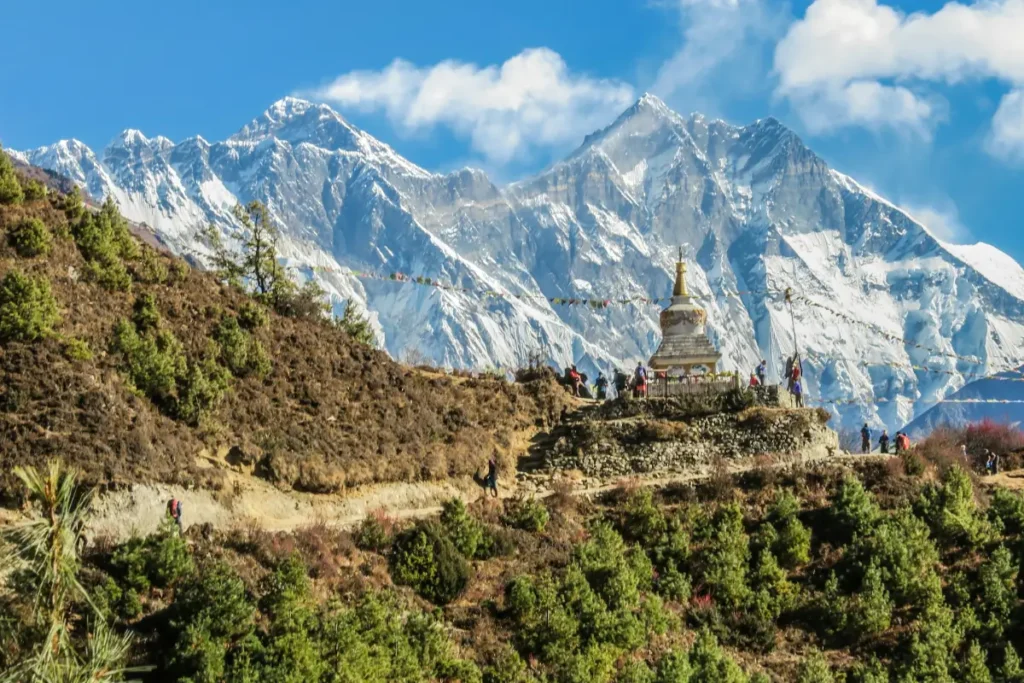

Preparation and Training
Proper preparation and training are essential for a successful trek.
- Physical Fitness:
- Cardiovascular exercises (running, cycling, swimming).
- Strength training (squats, lunges, step-ups).
- Regular hikes with a weighted backpack.
- Acclimatization:
- Follow the principle of “climb high, sleep low.”
- Stay hydrated to help your body adjust to the altitude.
- Mental Preparation:
- Be prepared for basic living conditions and physical challenges.
- Stay positive and focused on your goal.
Trekking Route and Itinerary
| Day | Destination | Altitude | Description |
|---|---|---|---|
| 1 | Lukla to Phakding | 2,610m | Gentle walk following the Dudh Koshi River. |
| 2 | Phakding to Namche Bazaar | 3,440m | Enter Sagarmāthā National Park. |
| 3 | Acclimatization Day in Namche Bazaar | 3440m | Explore and adjust to altitude. |
| 4 | Namche Bazaar to Tengboche | 3860m | Visit Tengboche Monastery. |
| 5 | Tengboche to Dingboche | 4410m | Stunning views of Ama Dablam. |
| 6 | Acclimatization Day in Dingboche | 4410m | Short hikes around Dingboche. |
| 7 | Dingboche to Lobuche | 4910m | Memorials for climbers who perished on Everest. |
| 8 | Lobuche to Gorak Shep and Everest Base Camp | 5140m | Reach Everest Base Camp. |
| 9 | Gorak Shep to Kala Patthar to Pheriche | 5550m | Sunrise view from Kala Patthar. |
| 10 | Pheriche to Namche Bazaar | 3440m | Descend through familiar trails. |
| 11 | Namche Bazaar to Lukla | 2840m | Final day of trekking. |
| 12 | Lukla to Kathmandu | 1400m | Fly back to Kathmandu. |
Essential Gear and Packing List
- Clothing:
- Moisture-wicking base layers
- Insulated jacket
- Waterproof and windproof shell jacket
- Trekking pants and shorts
- Warm hat, gloves, and scarf
- Sun hat and sunglasses
- Footwear:
- Sturdy hiking boots with ankle support
- Warm socks
- Camp shoes or sandals
- Gear:
- Backpack with a rain cover
- Sleeping bag rated for cold temperatures
- Trekking poles
- Headlamp with extra batteries
- Water bottles or hydration bladder
- Accessories:
- Sunscreen with high SPF
- Lip balm with SPF
- Personal first aid kit
- Water purification tablets
- Snacks
- Miscellaneous:
- Travel insurance documents
- Passport and necessary permits
- Cash (Nepalese Rupees)
- Camera or smartphone
- Maps and a guidebook
Health and Safety Tips
- Altitude Sickness:
- Symptoms: Headache, nausea, dizziness, fatigue, shortness of breath.
- Prevention: Ascend gradually, stay hydrated, avoid alcohol and sleeping pills.
- Treatment: Descend immediately if symptoms worsen.
- Hydration and Nutrition:
- Drink plenty of water.
- Eat a balanced diet with carbohydrates for energy.
- Travel Insurance:
- Ensure coverage for high-altitude trekking and emergency evacuation.
- Local Guidelines:
- Follow the advice of your guides and respect local regulations.
Cultural Insights and Etiquette
- Respect Local Customs:
- Dress modestly.
- Ask permission before taking photos.
- Monasteries and Religious Sites:
- Remove your shoes before entering monasteries.
- Walk clockwise around stupas and mani walls.
- Interaction with Locals:
- Learn basic Nepali phrases.
- Be polite and friendly.
Environmental Considerations
- Leave No Trace:
- Pack out all trash.
- Use biodegradable soap and toiletries.
- Wildlife:
- Respect wildlife and maintain a safe distance.
- Sustainable Trekking:
- Support eco-friendly lodges and local businesses.
Frequently Asked Questions (FAQs)
Q: Do I need a guide for the Everest Base Camp Trek?
A: While it is possible to trek independently, hiring a guide or porter is highly recommended for navigation, cultural insights, and safety support.
Q: How difficult is the Everest Base Camp Trek?
A: The trek is considered moderate to challenging due to the high altitude and length. Proper preparation is key.
Q: What permits are required for the trek?
A: You need a TIMS card and a Sagarmāthā National Park entry permit.
Q: Can I trek to Everest Base Camp solo?
A: Yes, but trekking with a guide or in a group is safer and more enjoyable.
Q: What is the accommodation like on the trek?
A: Accommodation consists of teahouses and lodges with basic rooms and shared facilities.
Conclusion
The Everest Base Camp Trek is a once-in-a-lifetime adventure that offers stunning views, cultural immersion, and a sense of accomplishment. Proper preparation and respect for the local culture and environment are essential for a safe and enjoyable trek.

